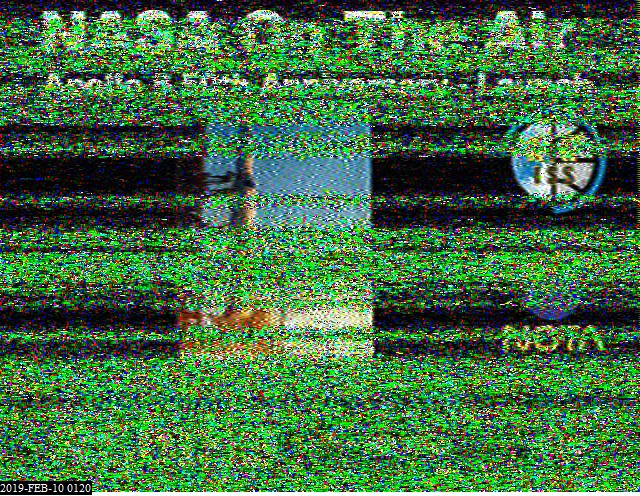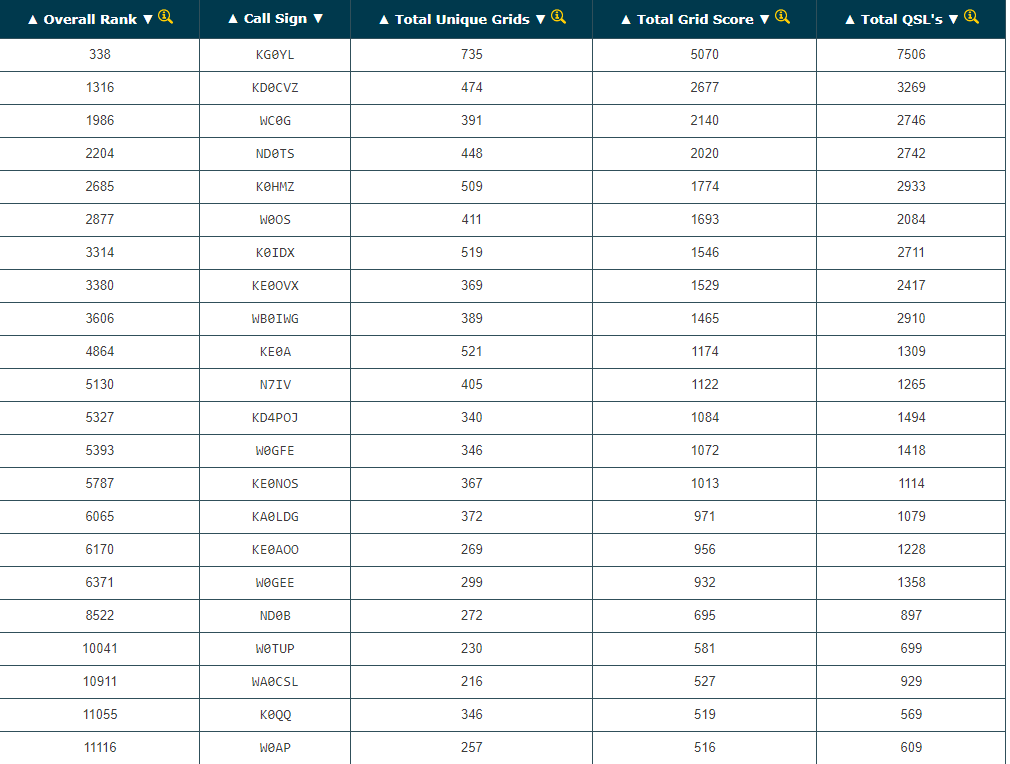UPDATE (Nov 27, 2018): Just registered and added myself to the
Winter Field Day map, this morning. At this time, I’m the northern-most (and probably coldest) spot on the map.
Over the past couple days, I’ve been thinking about getting involved in Winter Field Day 2019. Obviously, it’s more comfortable sitting in a warm house with hot coffee (or cold beer) and not having to worry about everything that comes with setting up a portable HF station. The challenge of actually “doing it”, though is something I think I’d like to try.
Setting up a portable station is easy enough when the weather is nice. Finding the time to do it, last summer was my biggest obstacle. The hours that I was working just didn’t allow me to get out there as much as I had wanted to. I did manage to go portable three times (plus Field Day), last summer, but I would have loved to have traveled around a lot more.
My work schedule, in the cold months, is a lot less busy, but of course the downside of that is that it’s cold!!! If you’ve never been to North Dakota, but you’ve “heard” how bad the winters get up here, what you heard was probably true. Of course, some winters are better than others, but when it’s bad… it’s bad. It’s almost “always” warmer in Anchorage, AK than it is in North Dakota.
Temperatures of -20 to -30 are pretty normal in the dead of winter, then add the wind chill (which also blows A LOT in the winter) and also the snow and most people are content to remain indoors as much as possible. The thought of “camping” in the winter is something that most people don’t even think of. There are some people that go ice fishing, but even though I like to fish, the idea of sitting on a frozen lake in a little hut and sticking a line through a little hole always made me shake my head. Definitely not for me!
I suppose that means that I am a lot more interested in radio than fishing, since I am actually considering setting up a station on January 26th and getting on the air for 24 hours, straight.
I bought my current vehicle (a van) with the intention of converting it into something that would be comfortable to travel and sleep in. I still haven’t converted the electric system, added insulation, or anything else the way that I had planned, but it’s still a pretty comfortable van on the inside. I have a generator and a small electric heater which should do a good job at keeping the inside warm enough, even without any insulation. I’ll need to test that out before making the commitment for Winter Field Day, though. The generator is powerful enough to keep the heater, lights, and radio running. I just want to make sure it’s “enough” heat.
The antenna that I use when I’m portable is set up on a tripod, which I normally anchor straight down to the ground using a “dog tie-out” screw. That might not be possible, depending on how frozen the ground is. I’ll need to come up with a “plan B”, just in case, though. There’s bound to be a lot more wind at the end of January than there was last summer. I’m still working through the planning in my head, but overall, it’s something that I’m looking forward to.
The rules for Winter Field Day are almost the same as that other Field Day, with some slight changes and different exchanges. I plan on doing this as an individual (not with the club), so I will only be using one radio, off-grid. If I make at least one contact, I will (at least) be able to get 4,502 points.
Last year, Shawn (AD0ND) made 157 contacts from north of Valley City, and got 13,293 points. He had the highest score for a 1O station, and came in second for all of “zero-land” (the one in first was running 3 stations in MN). He was the ONLY one running and outdoor station in North Dakota. The only other ND station in the results was running a “home” station in Bismarck.
Shawn was running one of the stations are our club’s Field Day set up, last June. He did a great job, there, and we had a great time, but I think I want to give him a run for his money (there’s no money involved, by the way), and hopefully come close to his Winter Filed Day score or maybe even pass him. Honestly, I haven’t heard if he was going to do WFD again, this year, or not. Either way, I plan to be out there.


